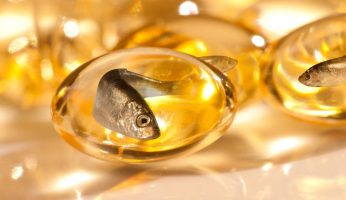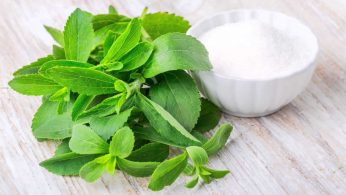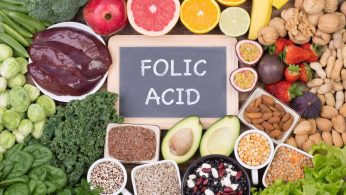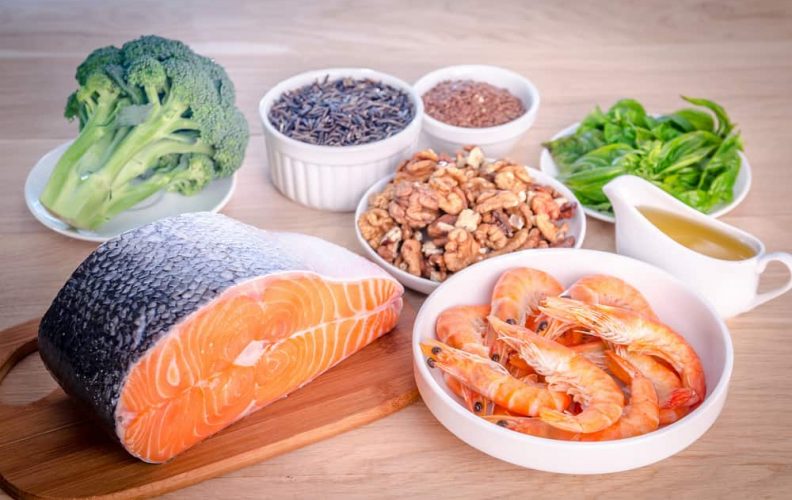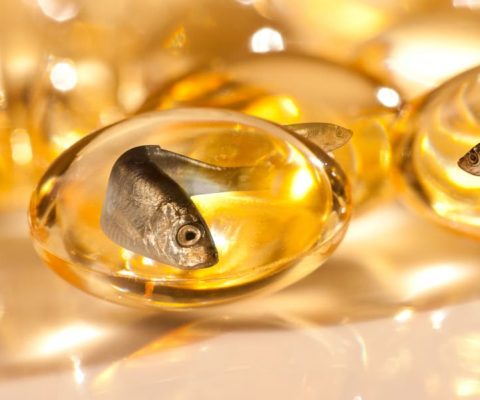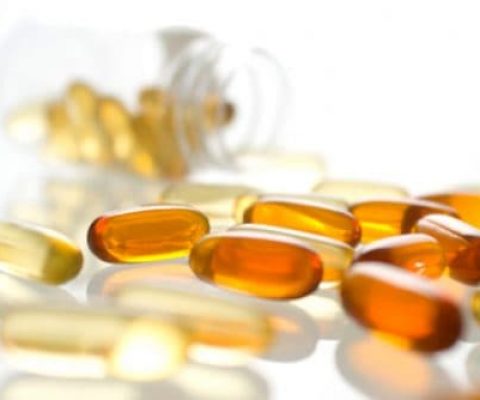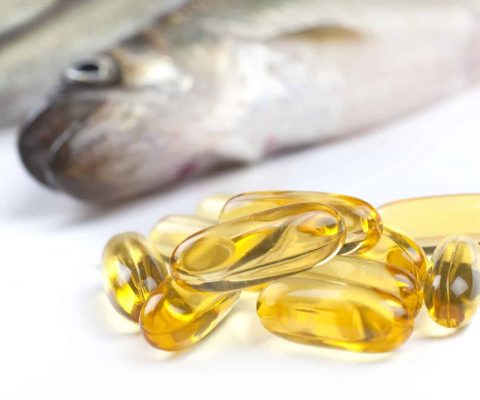How to heal injuries without medication
Disclosure: We use affiliate links and may receive a small commission on purchases.
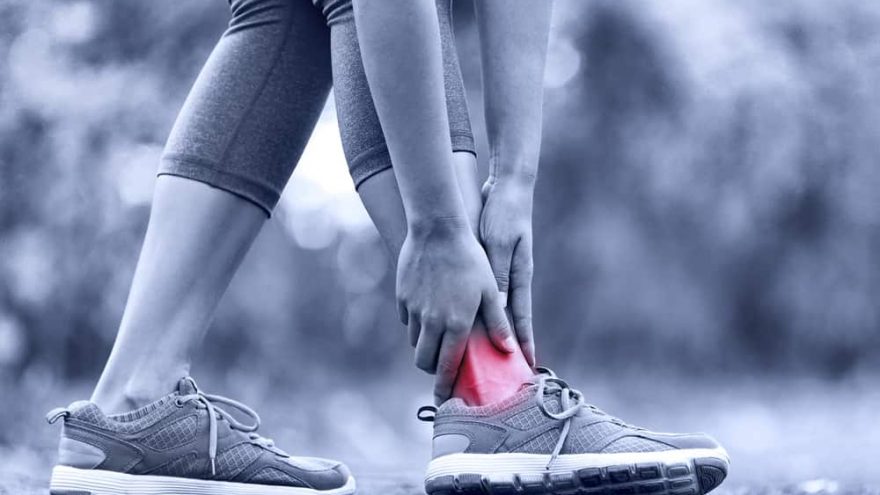 How to heal injuries without medication
thefitbay.com
How to heal injuries without medication
thefitbay.com
If you find yourself wondering if there are ways that healing is available without going to the pharmacy or the doctor’s office and spending a pretty penny, you are in luck. There is a reason that there have been hundreds of thousands of tribes, communities and people that have survived sickness, injury and local abrasions without the access to modern medicine. Just because we, here in 2017, have the convenient access to medicine, shouldn’t necessarily mean that we have to choose that way.
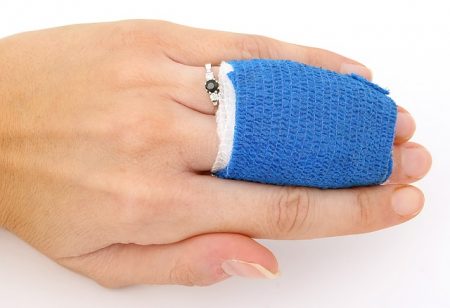
Since there have been recent upheavals on changes to insurances and insecurities on who you will turn to when an accident happens, what better time to know simple solutions or natural resolutions to help repair and care for injuries. Basically, now is the time to get back to the basics and learn what we should have learned in scouts a long time ago.
1. RICE
This is the go-to when it comes to dealing with injuries. These four initials are so well known throughout the athlete and athletic trainer world that it could be recited in their sleep. R.I.C.E. is used for most muscle, ligament or tendon injuries that have become swollen. If you look at the suggestion and start to reach in your cupboard pantry for that box of Rice-a-Roni or Uncle Ben’s, you’re doing it wrong.
RICE is an acronym that refers to the four steps of a non-medicating healing process. Each letter stands for a specific step. R stands for rest. It is key to get yourself as restricted as possible and keep your actions as far away as using that particular body part as much as possible. Rest also includes sleep and just getting off your feet in general.
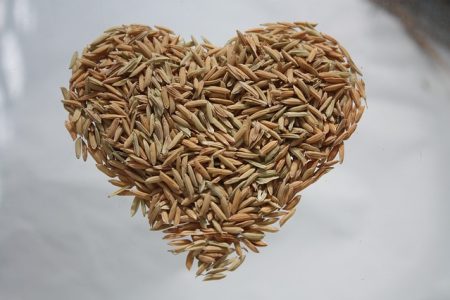
I stand for the method most of you are already familiar with- Ice. Though it might seem like it, it does not complete the rest of the word “rice,” but it just refers to the “I”. Place ice on your injury, twenty minutes on and then twenty minutes off. Repeat as often as you possibly can. Be careful with ice burns, don’t place ice directly onto your skin. Use a plastic baggy to hold the ice in and place a thin towel or cloth around the back where the ice would come in direct contact with your skin. This will protect you enough but will also allow the ice to do its job.
The C stands for compression. When you are not icing, or during the day when you are walking about, compress the injury. This is synonymous with wrapping. An ACE bandage is an easy thing to buy, but a simple compression sleeve can go a long way.
The E stands for elevation. Normally this is easiest when it comes to ankles or feet, but to keep the part of the body injured This will help reduce the swelling, which helps the body treat the problem easier instead of having to go through all the fluid.
2. Hot-Cold Water treatment
This is a great treatment for muscle injuries and stiff joints. IT is also as simple as it seems. The high amount of contrast running between the two temperatures and its effect on your body will directly help your injury. The treatment works on injuries by enhancing the blood flow to and from the places where healing is needed and decreases inflammation.
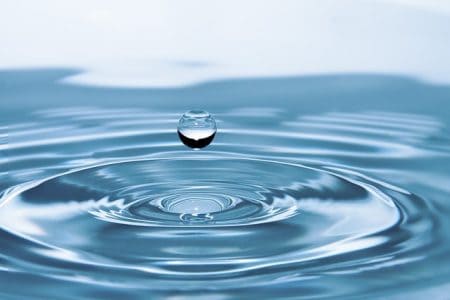
The science behind this treatment is physiological effects that your body takes care of for you, in which all you need to do is watch the clock and make sure you are changing water temperatures at the right time.These responses in your body are called vasoconstriction, which happens when you are immersed in the cold water, and vasodilation, which happens in hot water. It also slows down the “nerve conduction velocity,” which will decrease your pain and muscle spasming. It also diminishes stiffness and helps with inflammation.
3. Foam Rolling
For muscle injuries, and for preventing them from happening, a foam roller is an amazing tool to invest in, especially if you are an endurance athlete. This is a deep tissue massage that you can do yourself (and for a LOT cheaper) ALL over your body. There are tons of benefits of foam rolling, but it is mainly the prevention of injury that will attract your attention. It breaks up the adhesion and scar tissue in your muscles. It also increases your blood circulation, which is what you need to heal an injury.
4. Go Au Naturale
Not only is diet important, especially in living a healthy lifestyle but what you put in your body is also important for recovery from an injury. Since we want to try and avoid medicines and anti-inflammatory, we can try and receive as much of these same byproducts through nutrition. This is also extremely important for those who think that since they can’t move about that they should restrict their food intake when they’re injured. Of course, it is advised to just watch your diet, in general, to try and stay healthy at all costs, but being injured and not being able to partake in your normal exercise routine can also make you think that you can’t eat like you did.
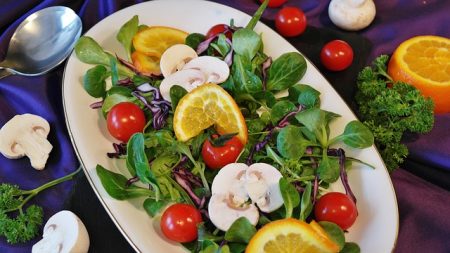
It is true that the bottom line of it is that the less you move, the less hungry you will feel, but it is important to fuel your body with the nutrients it needs, especially for the healing process.
Being injured can be a very big hindrance, especially if you are an athlete or if you are training for something, like a half-marathon or are into CrossFit. But being injured can also slow down your every day life and might make simple, daily tasks harder than they normally are. The faster we can heal, the better our lives will be, and this desire to be better might make us resort to medications. However, there are so many ways, not only just these four, that can help you recover from an injury without medication.


